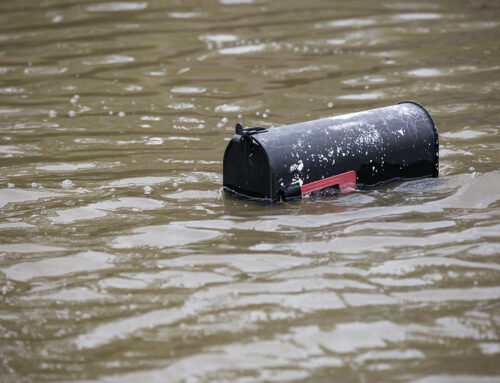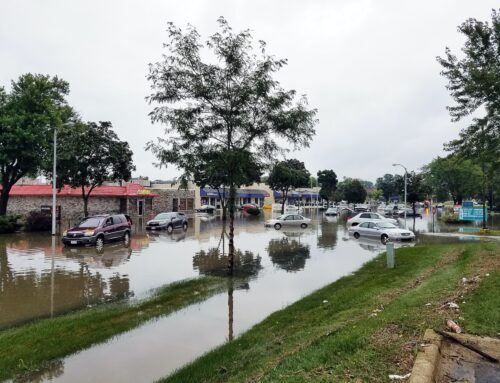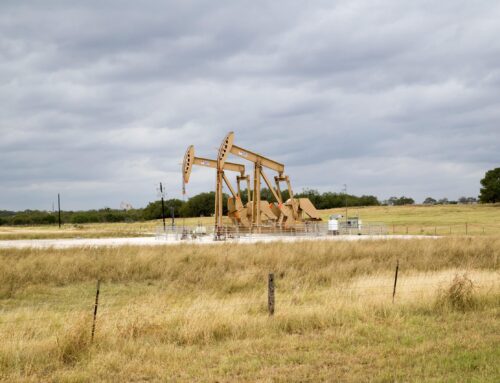Our Take
Federal Emergency Management Agency is Strapped for Funds
House Hearing on FEMA Discussed Rising Federal Costs of Disasters
On Thursday, July 13, the Committee on Homeland Security Subcommittee on Emergency Management and Technology held an hearing entitled, “The Future of FEMA: Agency Perspectives with Administrator Criswell”. The hearing featured testimony from Administrator Criswell regarding her vision for the agency and addressed President Biden’s FY24 budget request for the Federal Emergency Management Agency (FEMA).for the Federal Emergency Management Agency (FEMA).
Six members of the subcommittee attended: Rep. D’Esposito (R-NY), Rep. Carter (D-LA), Rep. LaLota (R-NY), Rep. Strong (R-AL), Rep. Goldman (D-NY), and Rep. Brecheen (R-OK). There were also three guests invited to the hearing: Del. Moylan (R-Guam), Rep. Lawler (R-NY), and Rep. Moskowitz (D-FL). The sole witness in this hearing was Administrator Criswell, the 12th Administrator of FEMA and prior Commissioner of the New York City Emergency Management Department.
Taxpayers are paying the price of the increasing costs of climate change. The U.S. has continued to face increasingly frequent and intense natural disasters, particularly in coastal communities. FEMA has already declared 38 major disasters this year, and hurricane season started two days ago. Federal disaster spending has become more expensive as we witness and live through the impacts of climate change. For example, in 2017, federal disaster spending exceeded the annual discretionary budget of every federal agency except the Pentagon. The frequency of billion-dollar-disasters is also increasing substantially, with a record of 22 billion-dollar-disaster events in 2020 alone.
A major concern raised during the hearing was FEMA’s dwindling Disaster Relief Fund (DRF) and what can be done to help mitigate its costs. The DRF is an appropriation account that sends funds to state, tribal, and local governments for response and recovery activities during major disaster declarations. Over the past decade, $267 billion in annual and supplemental appropriations have been put towards the DRF.
FEMA anticipates the Disaster Relief Fund to face a “shortfall” as soon as mid-August. And future costs may be even higher than anticipated, with constant wildfires in the North and hurricane season arriving. FEMA Administrator Criswell admits that the agency is approaching a potential deficit and does not specify where FEMA will obtain additional funds.
Investment in disaster mitigation is vital for minimizing the impacts of increasingly complex and frequent natural disasters due to climate change. Disaster mitigation improves communities’ resiliency and minimizes fiscal liabilities for taxpayers – for every $1 that is spent on climate mitigation, $6 is saved in post-disaster relief.
FEMA has multiple pre-disaster programs, including the Building Resilient Infrastructure and Communities Program (BRIC), which was created in FY2020 to provide grants and non-financial technical assistance to state, tribal, and local governments for hazard mitigation and disaster resilience projects. Appropriations for pre-disaster mitigation programs through FEMA have increased in recent years. Between FY1997 and FY2019, FEMA was appropriated just $1.8 billion for pre-disaster mitigation grants. Within 3 years of its creation, BRIC had already received almost double that amount, $3.8 billion. Yet demand for the program still far outweighs available funds; in FY22, the BRIC was appropriated $2.3 billion and received $4.6 billion worth of total grant requests.
The committee also discussed the National Flood Insurance Program (NFIP) which is the primary source of flood insurance in the U.S. and will likely continue to be due to its below-market value premiums. FEMA has instituted recent changes to the NFIP to more accurately reflect the flood risk that property owners face in floodplains. Administrator Criswell explains that the new system, “bases flood insurance premiums on what each individual’s unique flood risk is.” Most homeowners have seen or should expect an increase in their premium with this new system. Also included in these recent reforms are efforts to make premiums more equitable; according to the Government Accountability Office, over 78% of subsidized homes in the NFIP were in the counties with the highest property values, meaning that the old rates were not primarily assisting those in financial distress.
In an era of frequent and severe natural disasters and a climbing national deficit, government agencies should not be using unbudgeted funds. Policymakers know that these disasters are inevitable. We need to invest in mitigation programs that can both better protect communities and save taxpayers money.


















Get Social